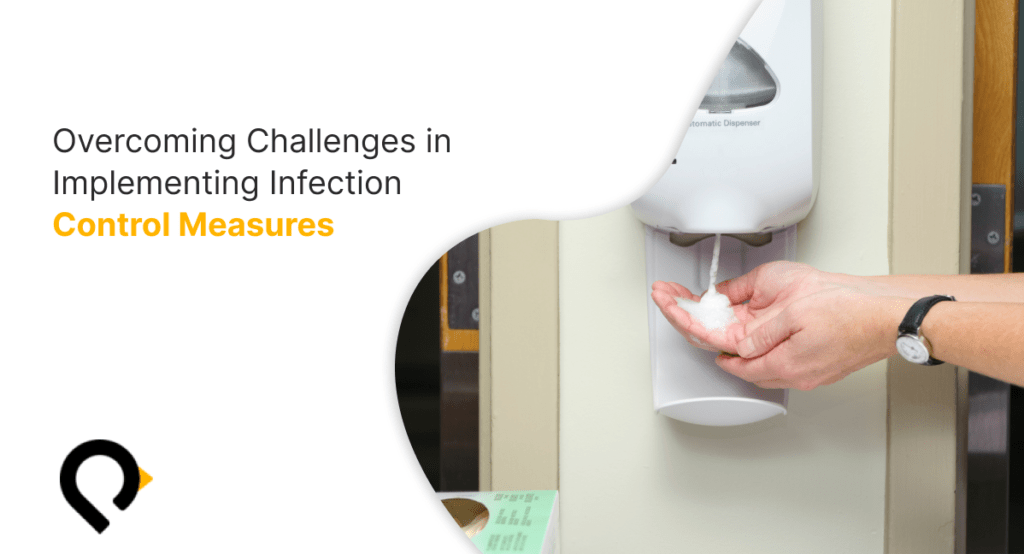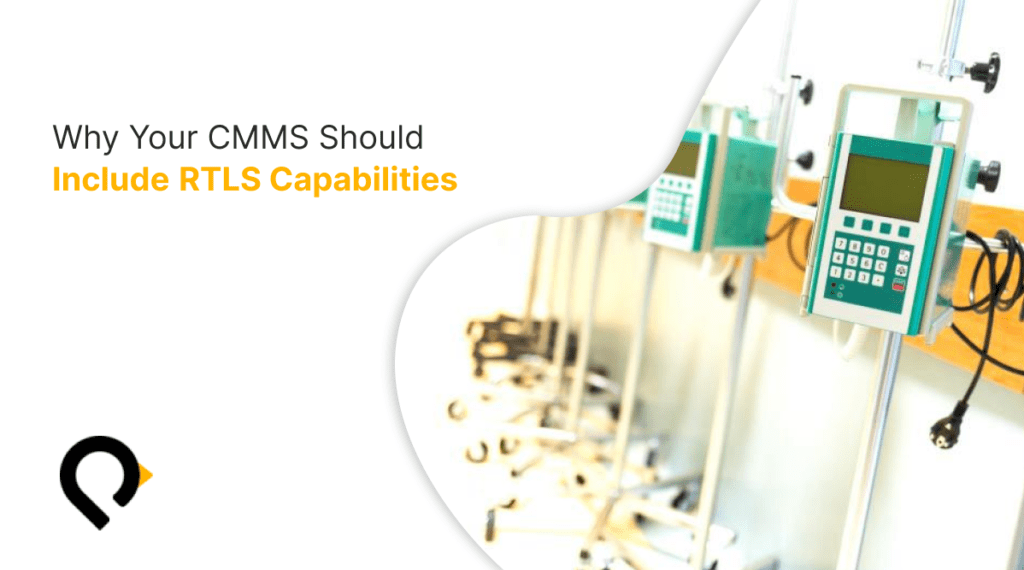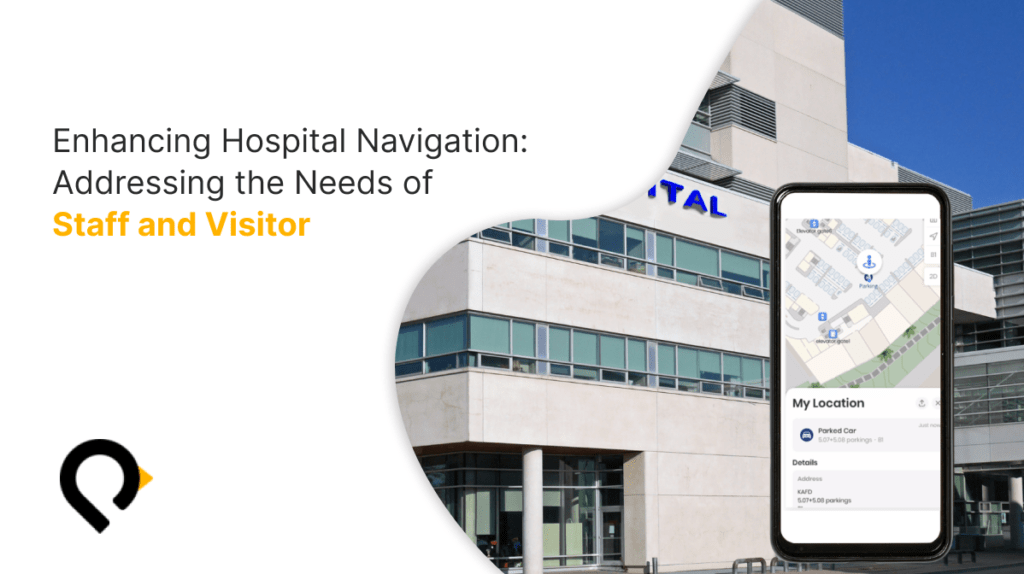In today’s fast-paced healthcare environment, efficient equipment and asset tracking is essential. With the right tracking systems and software, hospitals can reduce medical equipment shrinkage, improve utilization, eliminate over-procurement, and enhance clinical and biomedical staff efficiency. Implementing a comprehensive equipment tracking solution allows hospitals to reallocate thousands of hours to patient care and save millions of dollars.
Benefits of Using Tracking Systems and Software for Medical Assets
- Increased visibility of medical equipment locations and statuses
- Enhanced efficiency for clinical and biomed staff
- Reduced equipment loss and theft
- Improved utilization and cost savings
- Streamlined maintenance and compliance workflows
Importance of Equipment Tracking in Various Industries
Equipment tracking is crucial across many industries, particularly in healthcare, where the timely availability of medical equipment can directly impact patient care quality. Tracking ensures that assets are utilized efficiently, maintained properly, and available when needed, reducing operational costs and improving overall efficiency.
Equipment Tracking Systems
Equipment tracking systems vary from simple barcode-based solutions to sophisticated RTLS that use RFID, GPS, BLE and Wi-Fi. These systems help in locating equipment quickly, managing inventory levels, and ensuring proper maintenance.
Advantages of Implementing Robust Tracking Systems
- Increased operational efficiency
- Reduced loss and theft
- Better asset utilization
- Streamlined maintenance processes
Equipment Tracker Tags
Tracking tags are small devices attached to equipment, allowing for real-time tracking and monitoring. They use technologies like RFID, BLE (Bluetooth Low Energy), and GPS to provide accurate location data.
There are various types of tracker tags, including:
- Passive RFID tags for inventory management
- Active RFID tags for real-time tracking
- GPS tags for outdoor tracking
- BLE tags for proximity tracking
Equipment Tracking Software
There are various types of equipment tracking software, each designed to meet specific needs. These include:
- Basic inventory management systems
- Advanced real-time location systems (RTLS)
- Integrated CMMS (Computerized Maintenance Management Systems)
- Specialized medical equipment management software
- Key Features to Look for in Tracking Programs
When choosing equipment tracking software, consider features such as:
- Real-time location tracking
- Comprehensive reporting and analytics
- User-friendly interfaces
- Seamless integration with existing systems
- Automated alerts and notifications
Asset Management in Healthcare
Asset management involves the systematic tracking, maintenance, and utilization of assets to ensure they are available, functional, and compliant. In healthcare, effective asset management is vital for delivering high-quality patient care and optimizing operational efficiency.
Best practices in asset management include:
- Regular inventory audits
- Preventative maintenance schedules
- Utilizing advanced tracking technologies
- Training staff on proper asset handling
- Asset Monitoring and Tracking
Benefits of Asset Monitoring in Preventing Loss and Optimizing Usage
- Reduced equipment loss and theft
- Improved utilization rates
- Enhanced maintenance efficiency
- Better compliance with regulatory standards
Health and Biomedical Asset Management
Managing health and biomedical assets requires adherence to stringent regulatory standards and ensuring the availability of critical medical devices. Proper asset management enhances patient safety and operational efficiency.
Regulatory Considerations and Compliance
Compliance with regulations such as the FDA and ISO standards is essential in healthcare asset management. This ensures that all equipment is safe, effective, and properly maintained.
Case Studies of Successful Implementations in Hospitals
Many hospitals have successfully implemented medical equipment tracking systems, resulting in:
- Significant cost savings
- Eliminate equipment shrinkage
- Reduced dependency on equipment rentals
- Improved equipment utilization
- Reduced equipment search times
- Enhanced maintenance efficiency
Strategies for Effective Medical Asset Management
- Implementing advanced tracking systems – such as RTLS
- Regularly auditing and maintaining equipment
- Training staff on proper usage and handling
Role of Software in Managing Medical Devices and Equipment
Medical device tracking software plays a crucial role by providing real-time data, automating maintenance schedules, and ensuring compliance with regulatory standards.
Medical Device Tracking Software
- Key features of medical device tracking software include
- Real-time location tracking
- Automated maintenance alerts
- Comprehensive reporting and analytics
- User-friendly interface
Benefits of Using Specialized Software for Tracking Medical Devices
- Reducing equipment loss
- Enhancing maintenance efficiency
- Ensuring regulatory compliance
- Improving patient care quality
Tracking Technologies
Tracking tags use RFID, BLE, Infrared, Ultrasound, Ultra wideband and GPS technologies to provide real-time data on equipment location and status. They are essential for efficient asset management in healthcare.
Benefits of Using Tracking Tags for Equipment in Healthcare
- Improved equipment visibility
- Enhanced operational efficiency
- Reduced loss and theft
- Streamlined maintenance processes
Conclusion
Implementing comprehensive equipment and asset tracking systems in healthcare leads to significant benefits, including improved operational efficiency, reduced equipment loss, enhanced maintenance processes, and better patient care.
The future of medical equipment and asset tracking lies in advanced technologies and integrated systems that provide real-time data, automate workflows, and ensure compliance for safety protocols. By embracing these solutions, healthcare facilities can optimize their operations and focus on delivering quality patient care.




